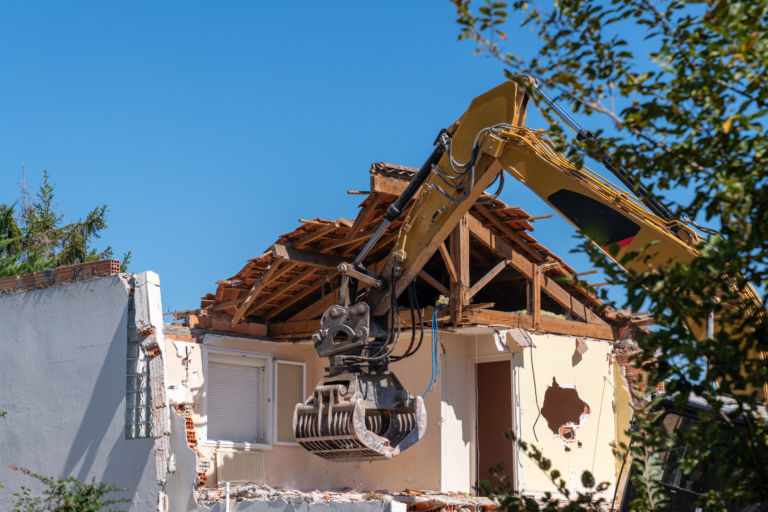What is “the market price?” For two people, a buyer and a seller of any products or service, the market price is that price that is mutually agreed upon in making an exchange. It is any price that is high enough to induce the seller to sell and low enough to induce the buyer to make the purchase. The key is that it is the price that emerges when both parties are acting voluntarily.
For the market as a whole, where there are many buyers and sellers, the “market price” is simply an extension of a simple two-trader market. It is the price that emerges when all market participants are acting voluntarily. Under normal conditions without price regulations, this price will tend to “clear” the market. All of these traders, making exchanges that will advance their own well-being, will move the market toward this price. When we say that this will tend to be a market clearing price we mean that businesses will be able to see as much of their product as they want at that price and everyone who wants to purchase the product will be able to buy as much as they want at that price. Any shortages or surpluses will be quickly eliminated through voluntary transactions.
So, is the market price a “fair” price? Of course, this will depend on what one’s definition of fair is, but if we can agree that, in a free society it is generally unfair to use coercion against people, then the market price would be fair, as it is based on people’s willingness to trade at that price. By definition, coercion is ruled out of the process that determines the price. A market price cannot be a price that one or another of the trading parties is forced to accept.
The reason why this is important is that when the government uses its power of eminent domain to build or expand a road, for school construction, or any other public project, it is often argued that aggrieved or victimized land owner should be fairly compensated by paying “the fair market value” for the property. What this typically refers to is the price the property owner could get for it if it were offered for sale in the open market.
But here’s the problem. In such cases, the property was not for sale in the open market. When the state approaches the landowner to inform him that his land will be taken by eminent domain, presumably, there is no “for sale” sign on the front lawn, meaning that at the market price the owner has not been willing to sell. In other words, the market price has not been high enough to induce the owner to voluntarily put his property on the market. This means that the value the owner places on the property is higher than the value potential buyers of the land places on it. By definition, then, the “market price” to the person whose property is being taken by the state is an unfair price. When any price is thrust upon an otherwise unwilling seller it is not and cannot be considered a fair price.
What we know is that when it comes to compensation in eminent domain cases, the observed market price is not a fair price. But this does not mean that it can’t be useful in determining what fair compensation would be. In determining the market price for a “taken” property, one is simultaneously learning what level of compensation is too low and that fair compensation would have to be an amount that is greater than the market value of the property.
Ultimately, though, the goal of compensation in eminent domain cases should be to make the target of the taking whole. This would mean not only paying a truly fair price, one that matches what the property owner would have been willing to accept in a purely voluntary setting but also making compensation for relocation costs and, if it’s a business, for any loss of customers or for having to establish a new customer base in a different location.
In eminent domain cases, the government needs to realize that it is not engaging in a market transaction but in the use of force. In such cases, it should go out of its way to be sure that the object of that force is not suffering any loss whatsoever. This is what fairness and justice demands.


